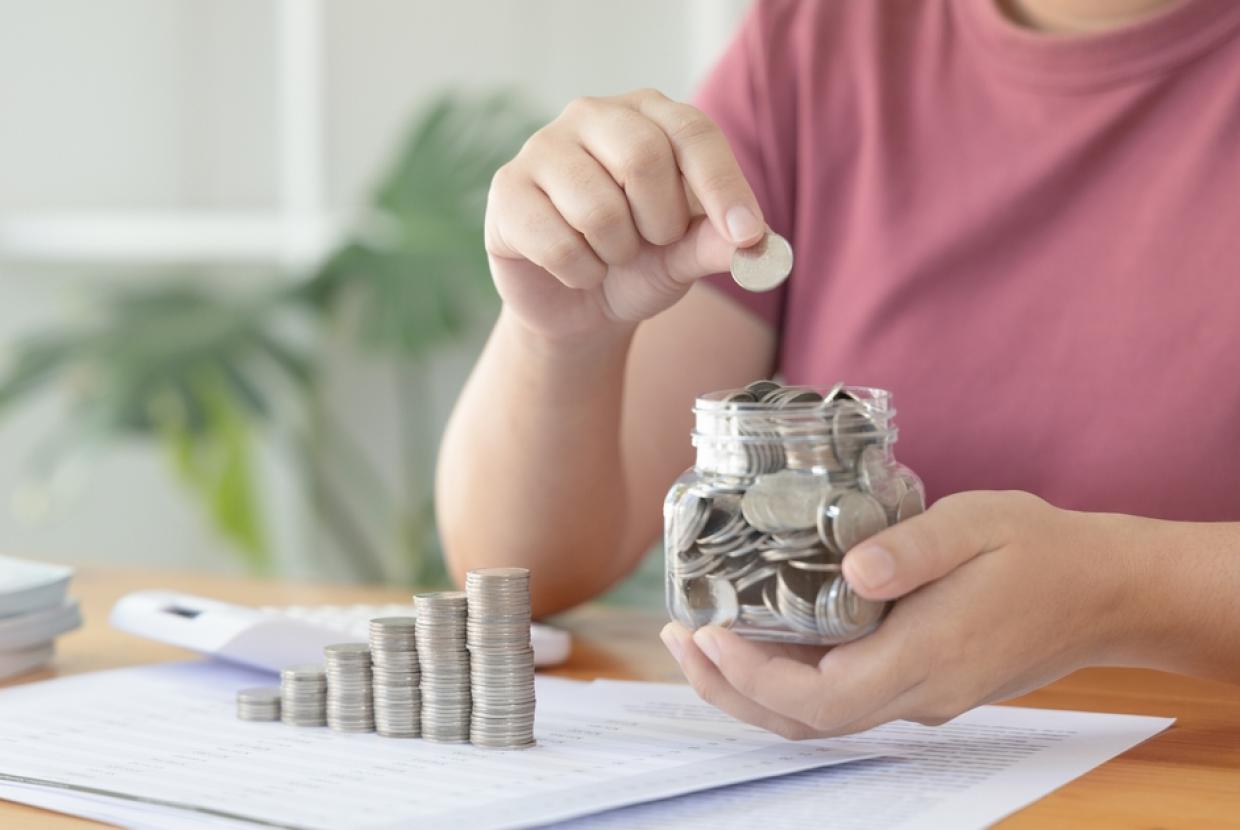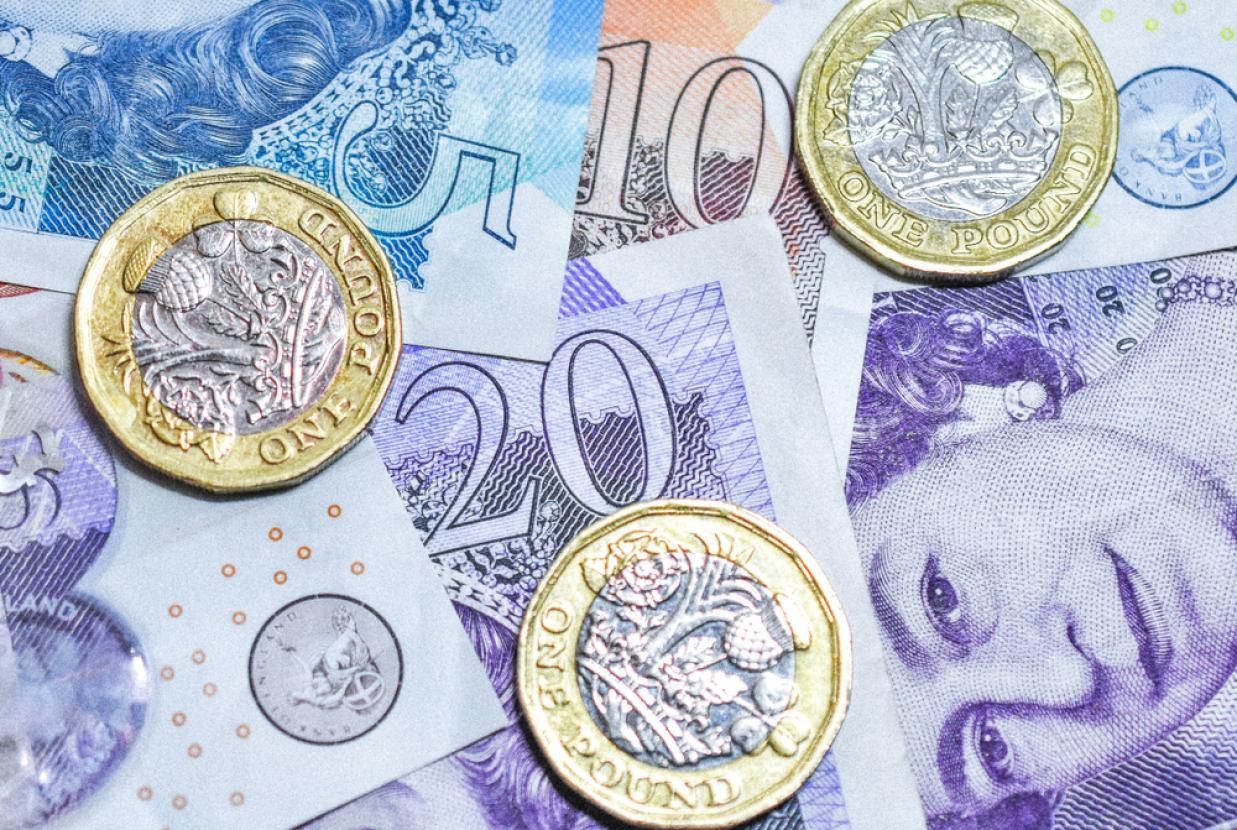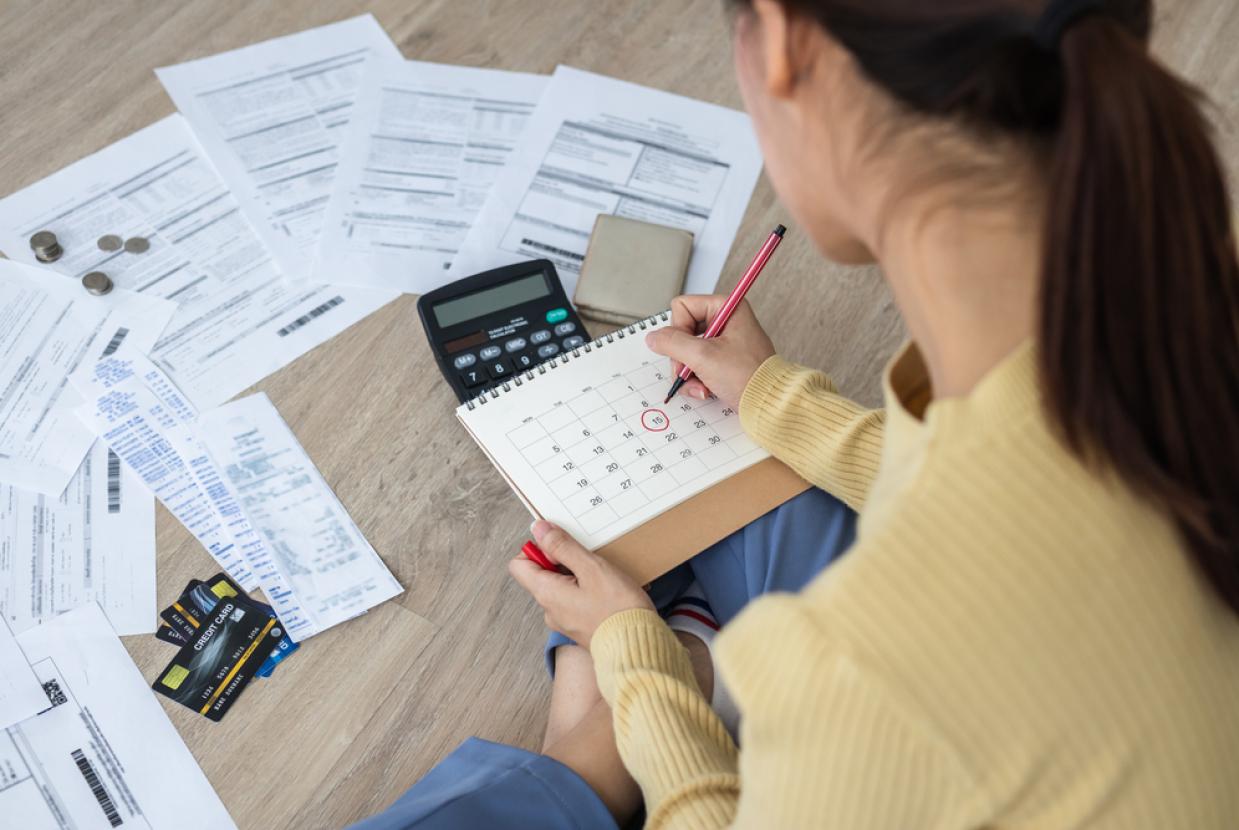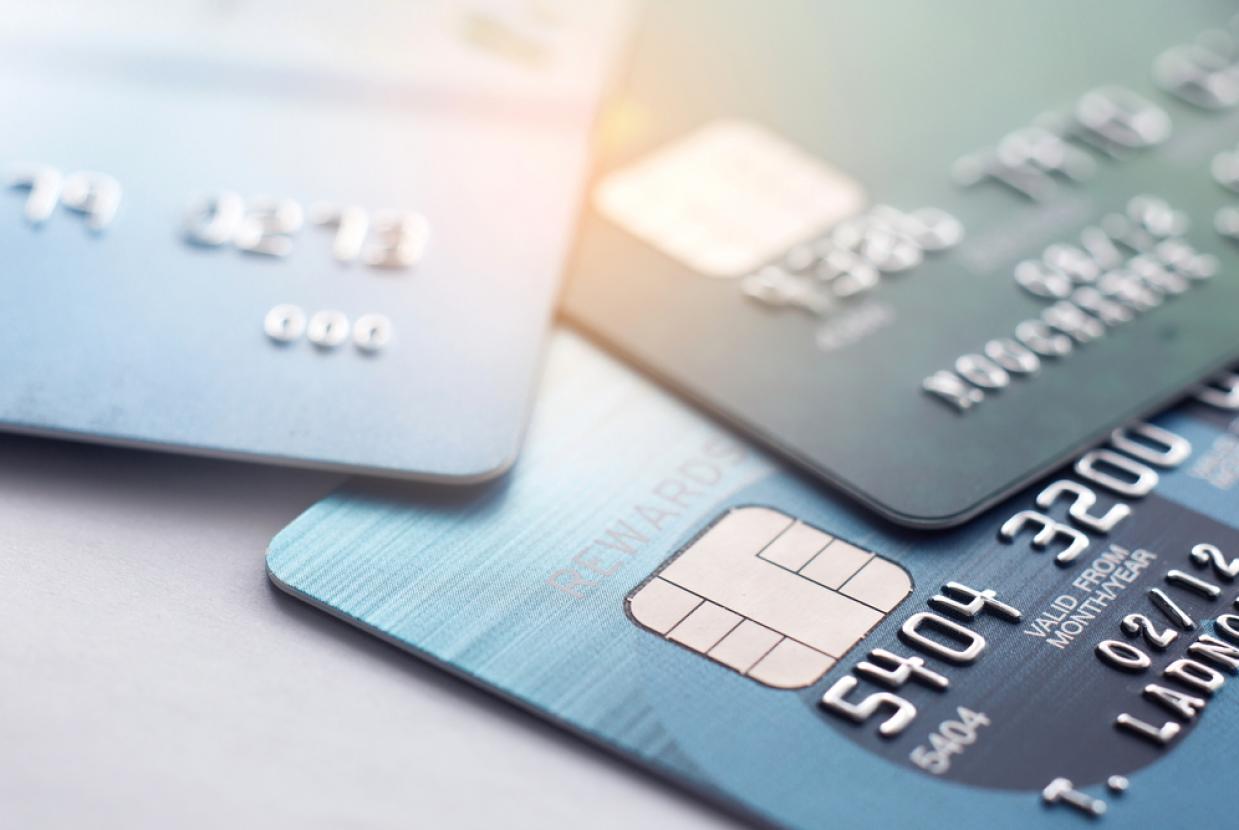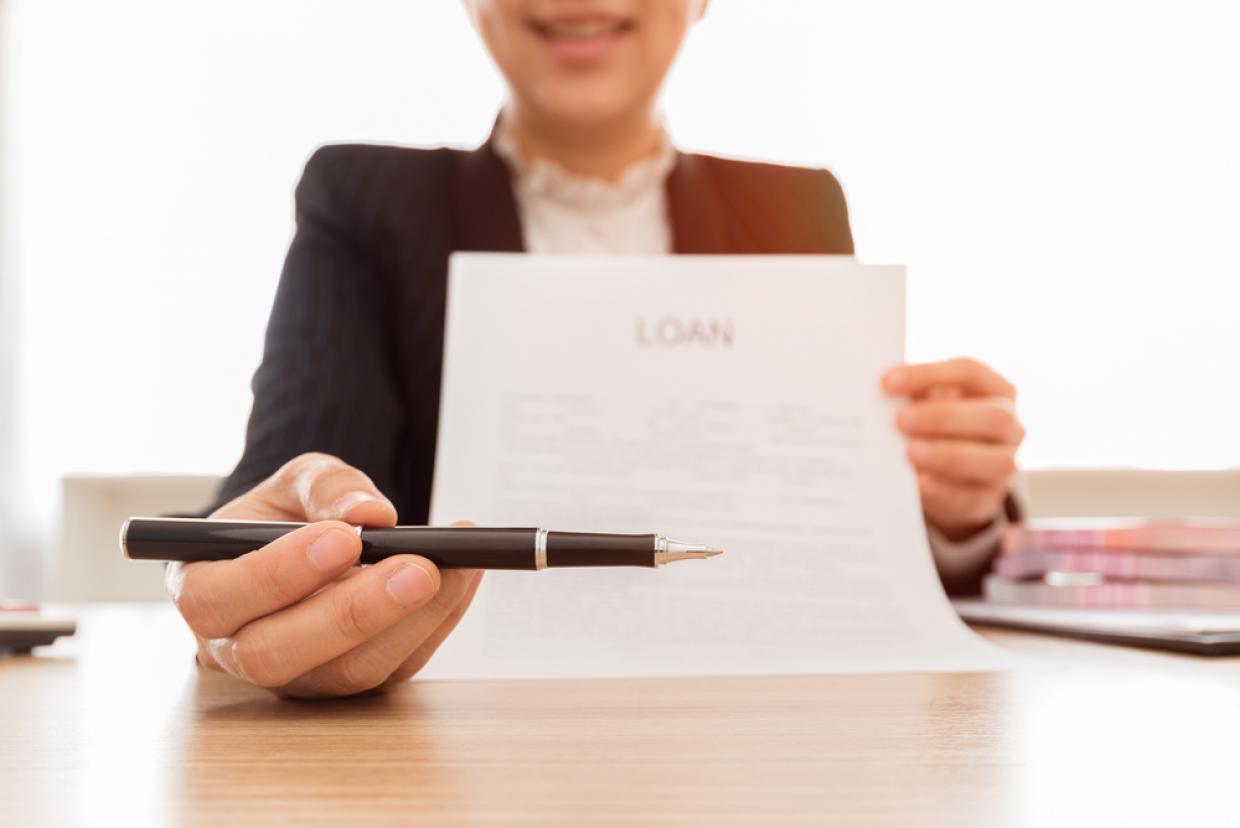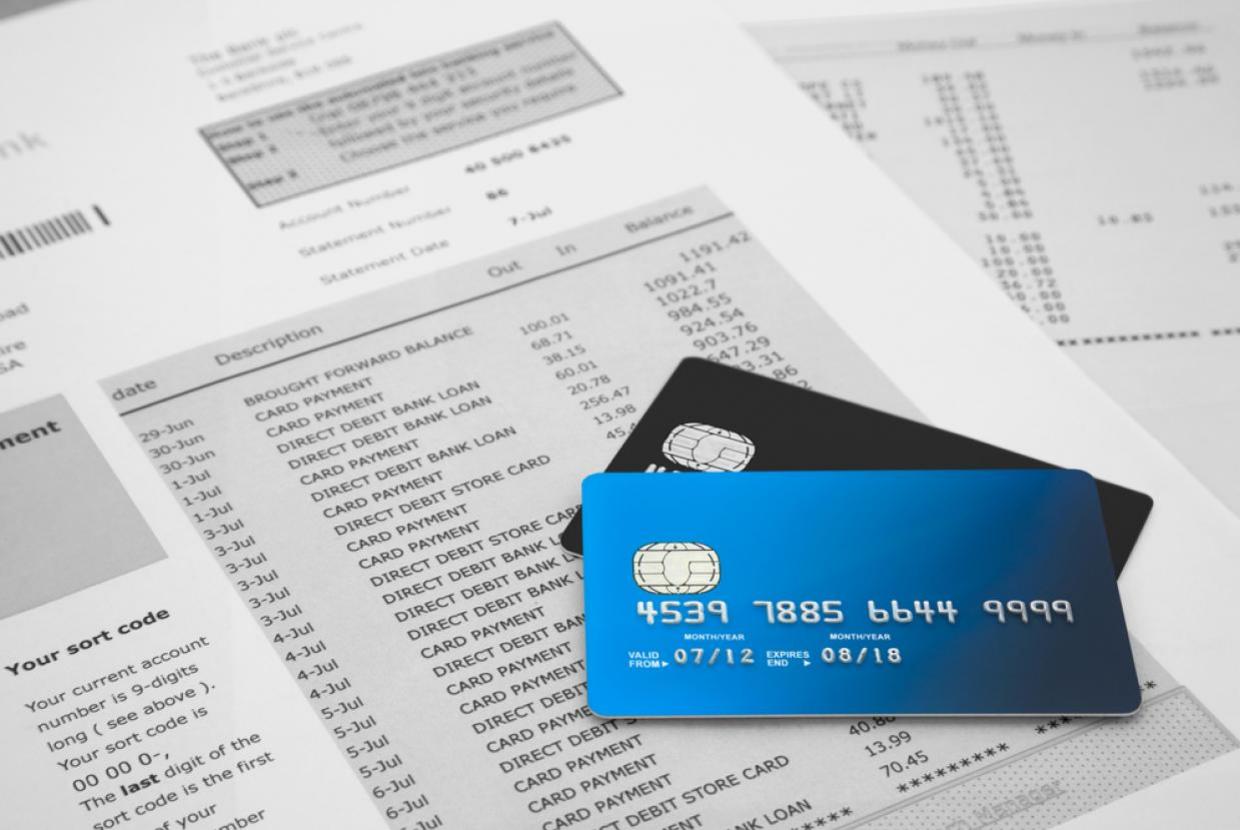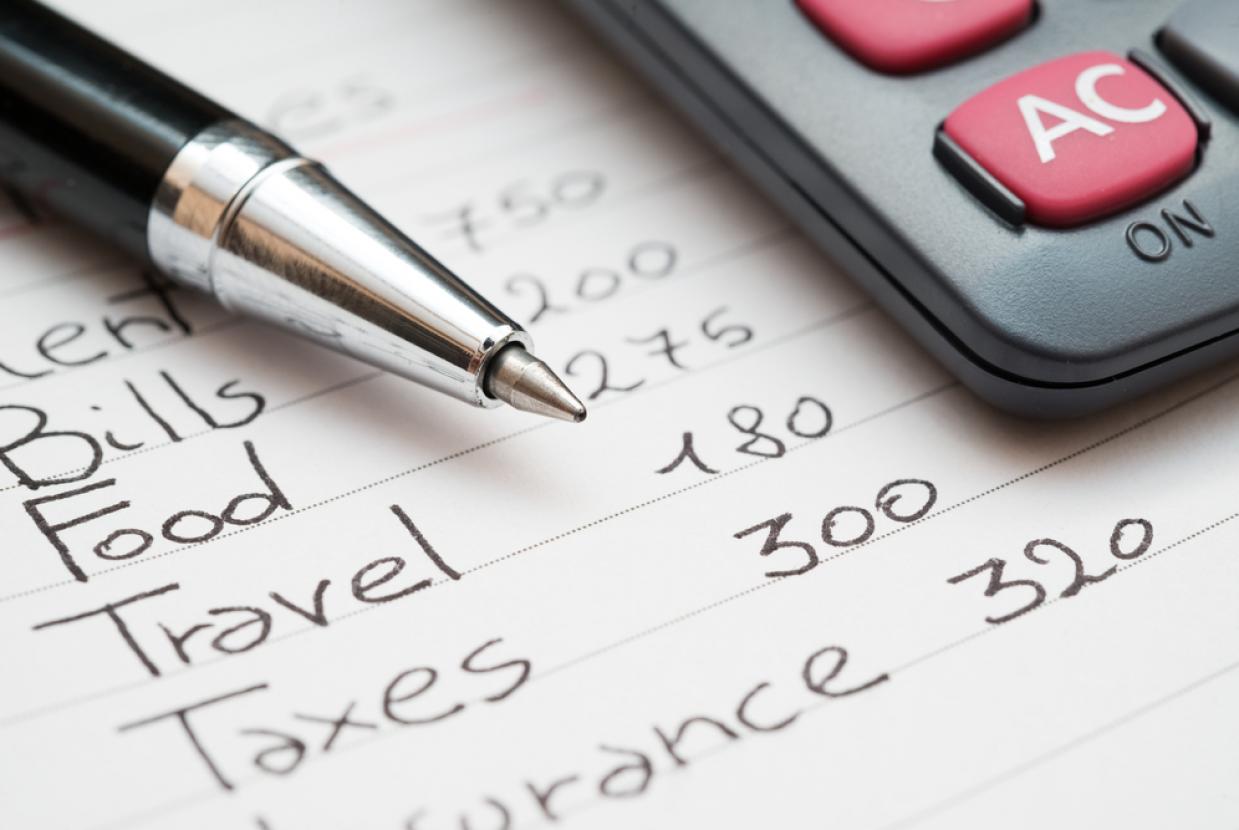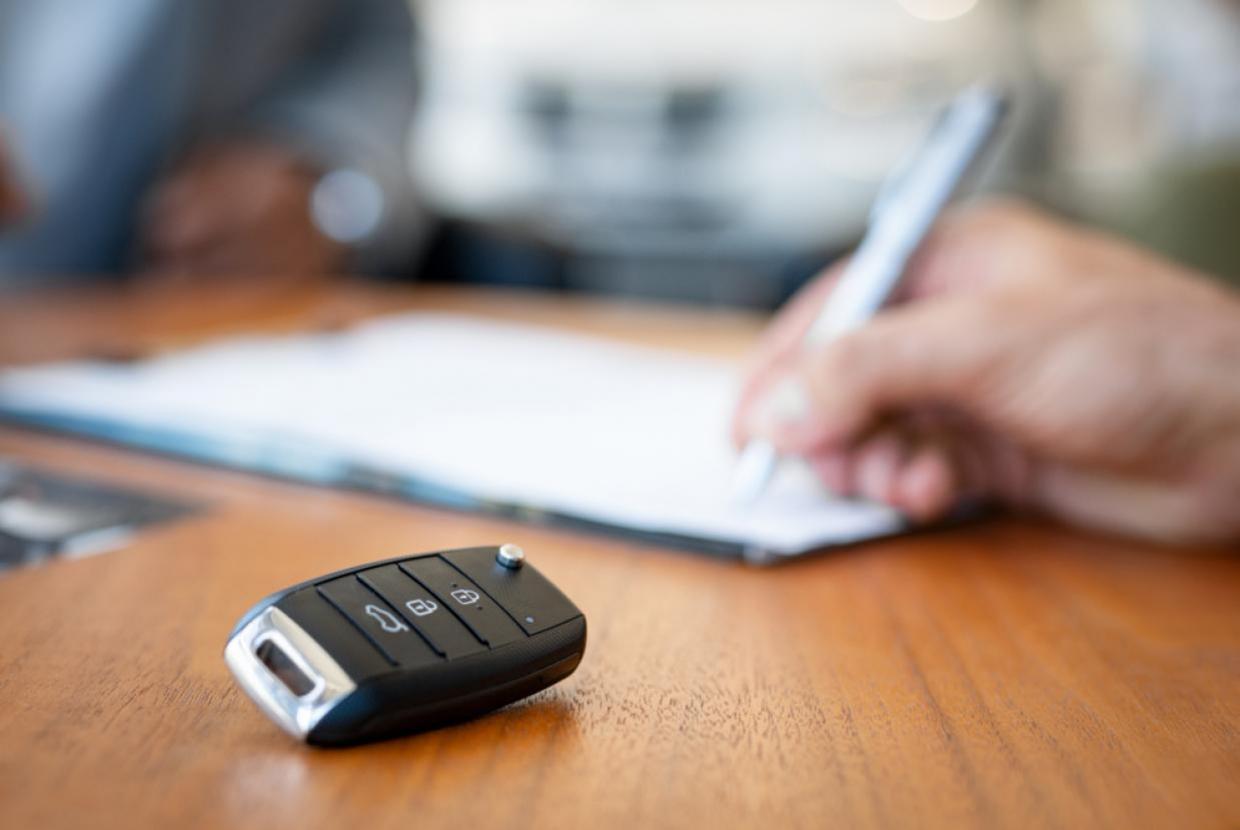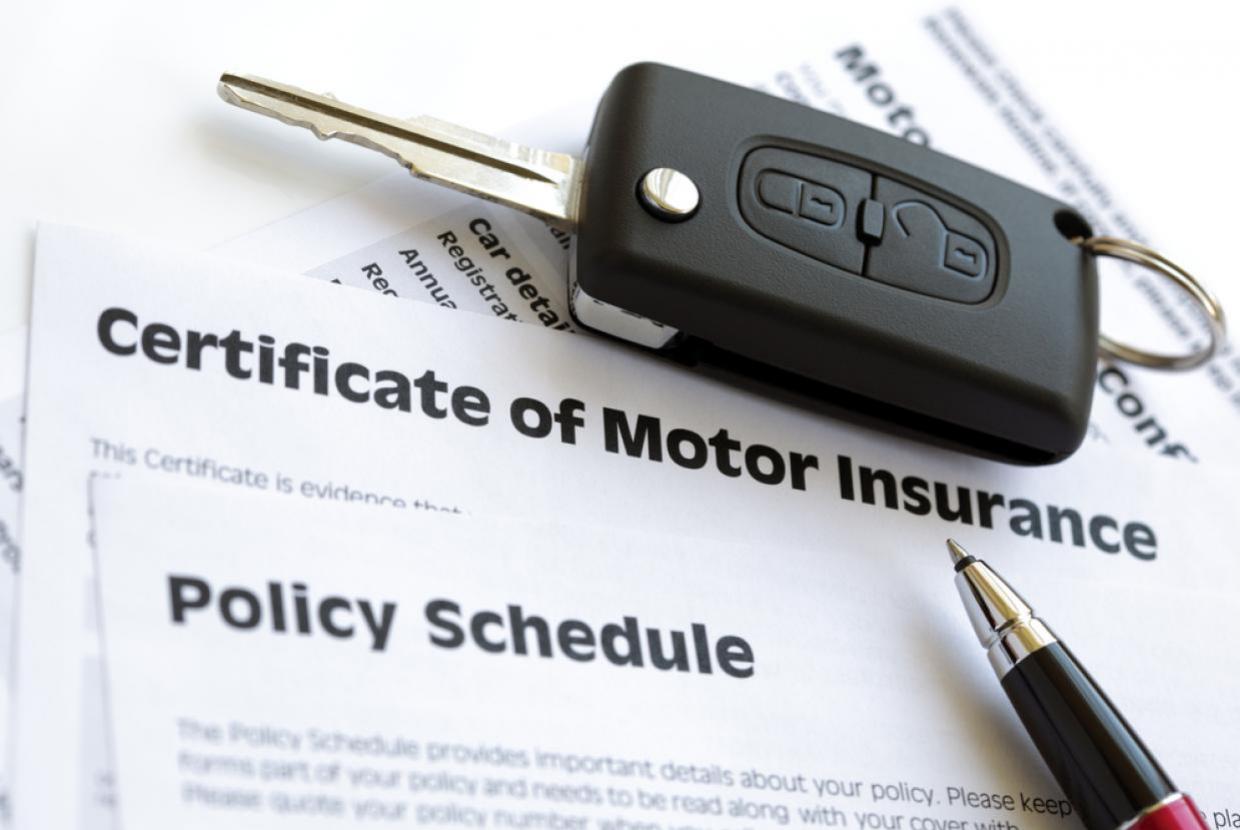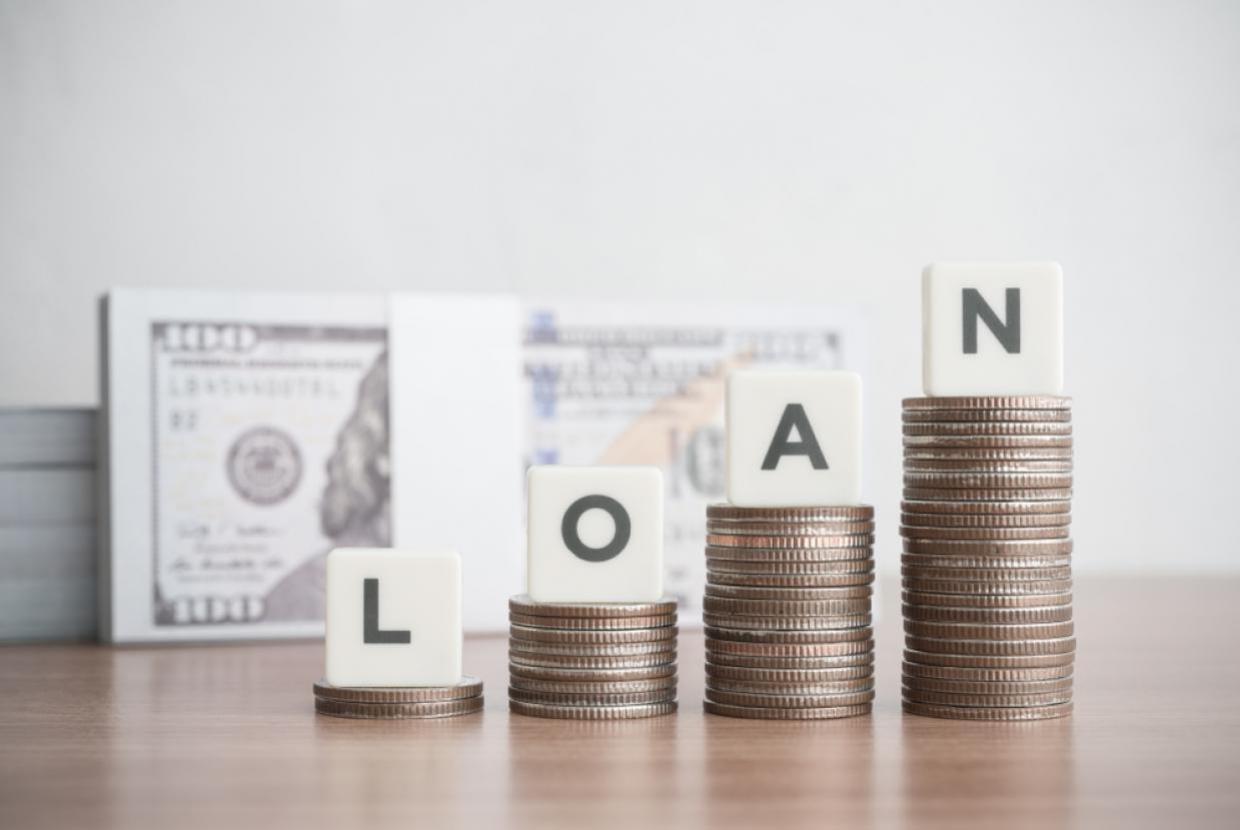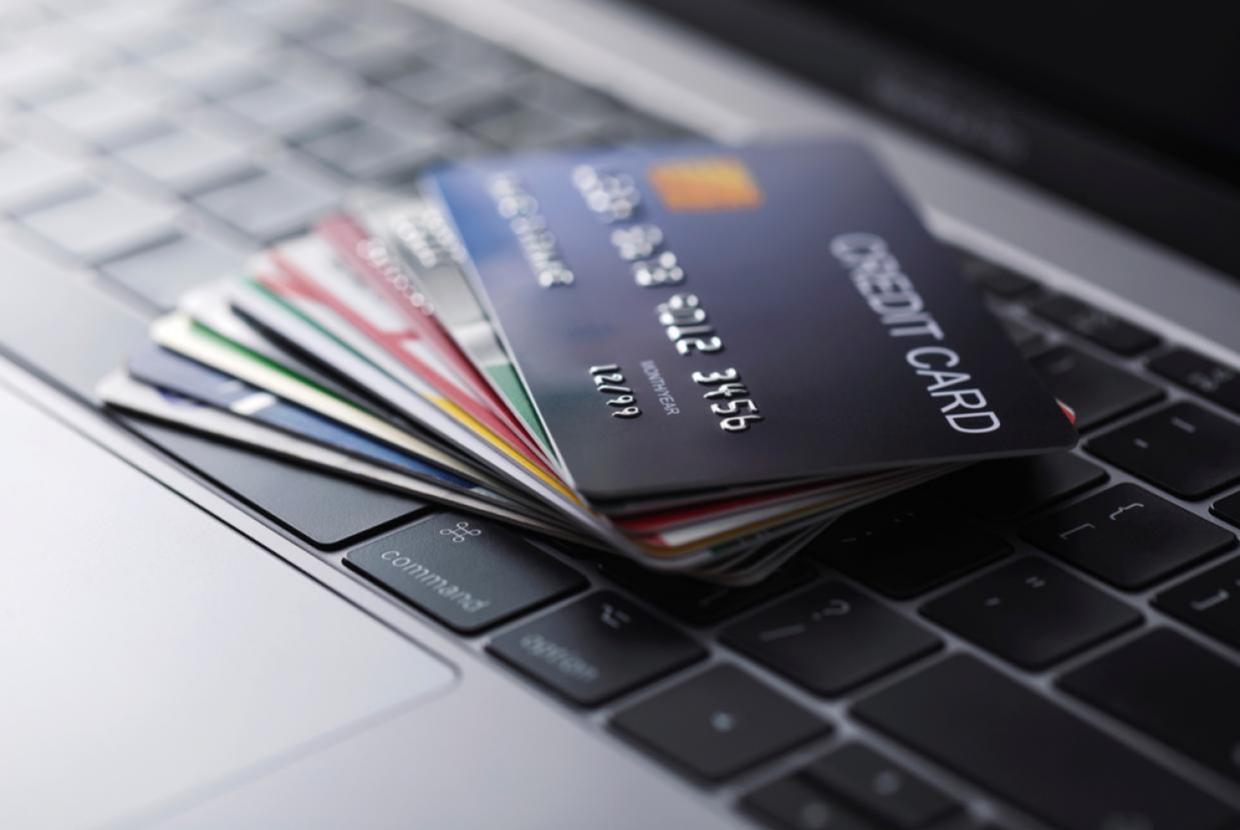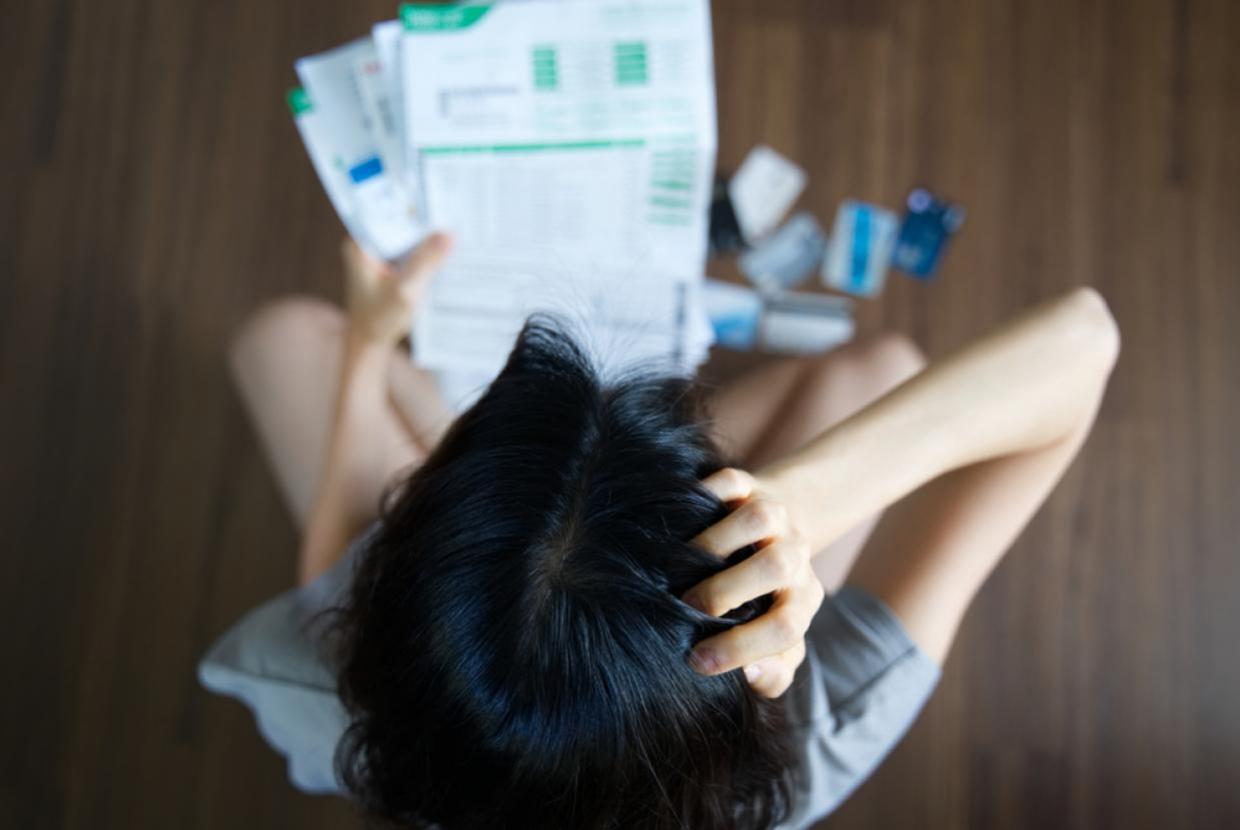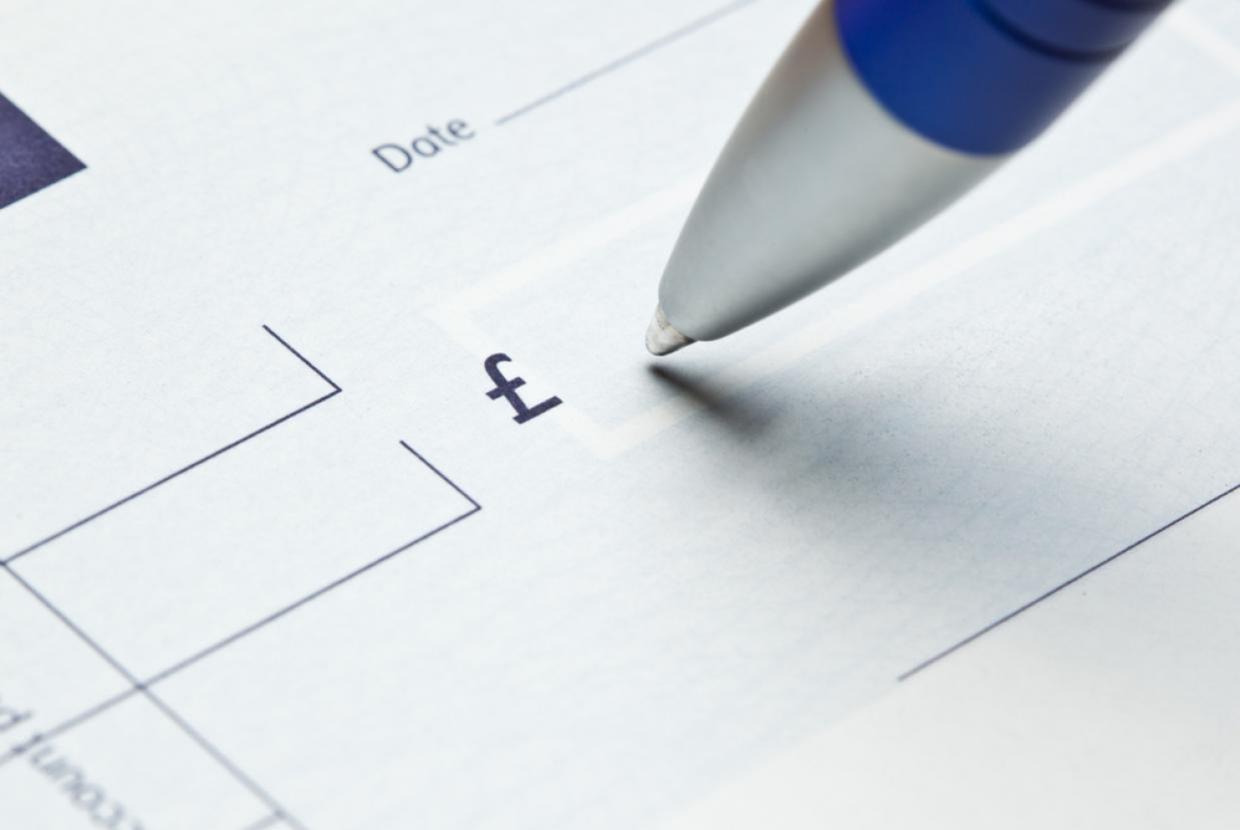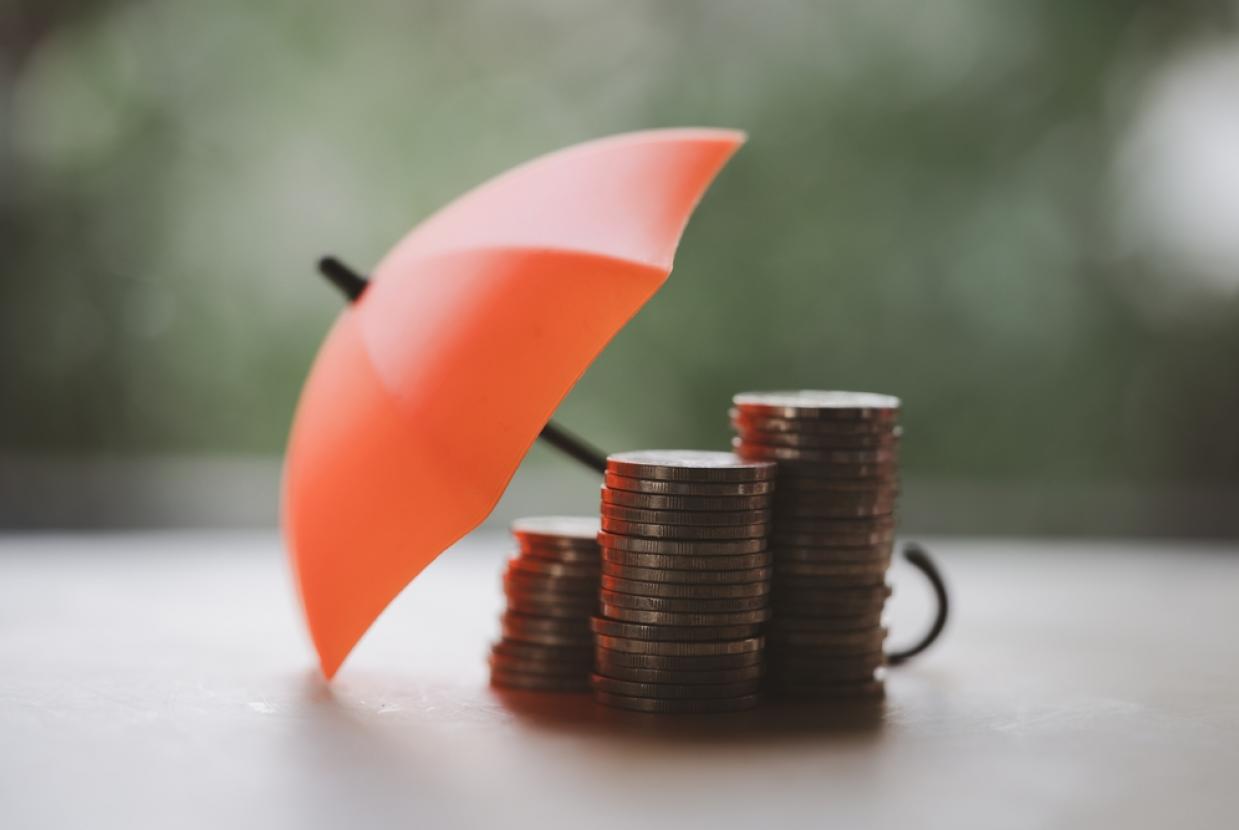How To Get A Refund For Bank Transfer Scams
Managing Your Money / Consumer Rights & AdviceNew rules now mean that most victims of bank transfer scams – also known as “Authorised Push Payment” fraud should now get a refund in five working days from their bank or payment provider. But you must still be careful when making a payment as there can be deductions from your refund, and your request could be turned down.
What is Authorised Push Payment fraud?
Authorised Push Payment (APP) fraud, commonly called “bank transfer scams”, is when you are tricked into sending money from your bank account to a scammer, who is often pretending to be a company or person you trust. APP fraud is very common in the UK. In 2023 £459.7m was stolen from customers and businesses.
Purchase scams are the most common type of APP fraud. This is where you are tricked into buying goods that are never sent. Other common types of APP fraud are:
- scams from criminals impersonating your bank or payment provider,
- investment scams: where criminals clone the websites of real investment platforms, or trick you into putting money into fake schemes, and
- romance scams: where victims are tricked into believing they’re in a relationship and send money to criminals.
What are the new rules and how do they protect me from scams?
New rules that came in on 7 October 2024 now require banks and payment providers to reimburse you if you sent money by UK bank transfer and are a victim of APP fraud. They must send your refund within five working days after you make a claim. You’re covered if you use:
- Faster Payments: this is what you will typically use to send free, quick bank transfers instantly to another person or business
- CHAPs: this is usually used for high value transfers, guaranteed to arrive the same day. For these transactions you’re covered by an equivalent rule set out by the Bank of England.
Before 7 October there was a voluntary code for banks and payment providers. This meant that there was no mandatory requirement for banks to refund victims of APP fraud.
Are there any limits on my protection?
While the new rules offer new protections, there are some limits that you need to be aware of, these are:
- Any payments made on or after 7 October 2024 are covered, but if you made a payment before this date and think it could be a scam, your claim would fall under the previous voluntary code of practice.
- The maximum amount you can claim is £85,000. If you lost more than that and you were not reimbursed you can raise a claim with the Financial Ombudsman Service. You can find out how the Financial Ombudsman Service can help you in this guide.
- Claims are subject to a 13-month time limit after the last payment was made to a scammer, so it’s important to notify your bank or payment provider as soon as possible.
- The rules apply to UK bank transfers, when money is moved from one UK bank account to another. Other payment types, including card, cash, and cheque have their own protections in place.
Up to £100 could be deducted from your refund
The new rules include an “optional £100 excess” that your bank or payment provider can deduct from your claim. The old code did not include this.
All banks and payment providers are regulated and must treat customers fairly, so for example if you were claiming £250, it’s unlikely that you would be charged the full £100 excess. This wouldn’t be an upfront fee but would be taken from your final reimbursement.
Can my claim be rejected by my bank or payment provider?
Yes. Even though reimbursement is mandatory, the rules don’t cover you if you were found to be complicit in the fraud or “grossly negligent”.
This means that if the payment provider thinks you took part in the scam on purpose to make money, it could turn down your claim. You can take steps to protect yourself by paying attention to warnings from your bank, taking a moment to pause before sending money or sharing personal details.
I think I've sent money to a scammer – what do I do?
Don’t panic. But you must end all communication with the scammer as soon as you can. Next call your bank or payment provider directly and let them know what's happened.
It’s important to find your bank's contact details independently. For example, call the phone number on the back of your card or on your bank statement, don’t use a phone number you’ve been sent, as it could just take you back to the scammer.
Alternatively, you can dial “159” instead, this will connect you directly with your bank. This is an emergency hotline that connects you to your bank’s fraud department. Find out more about this service and which banks are involved on StopScamsUK. If you’ve been targeted, even if you didn’t send them any money, report the scam to Action Fraud on 0300 123 2040, use the Action Fraud online reporting too and the FCA Scam Smart In Scotland you should report the scam to Police Scotland on 101 or Advice Direct Scotland on 0808 800 9060.
If you’ve been scammed once you may be targeted again
Beware of follow-up scams. Sometimes after reporting a scam you might get targeted again by a fraudster who says they can get your money back.
Each month, check your credit report for applications or activity you don’t recognise. You could also consider paying for Cifas Protective Registration. This tells lenders you've been a victim of fraud, so they'll make extra checks to make sure any new application for credit is genuine.







